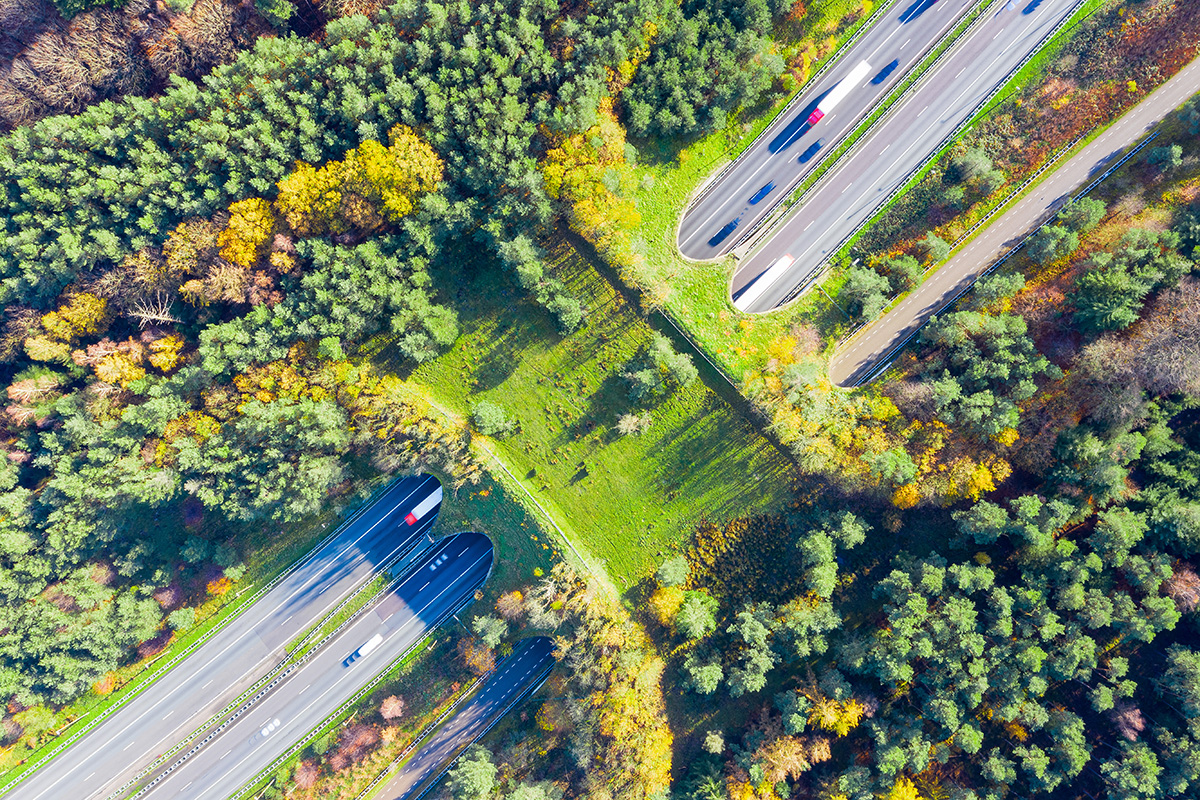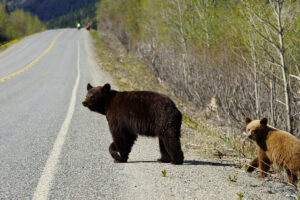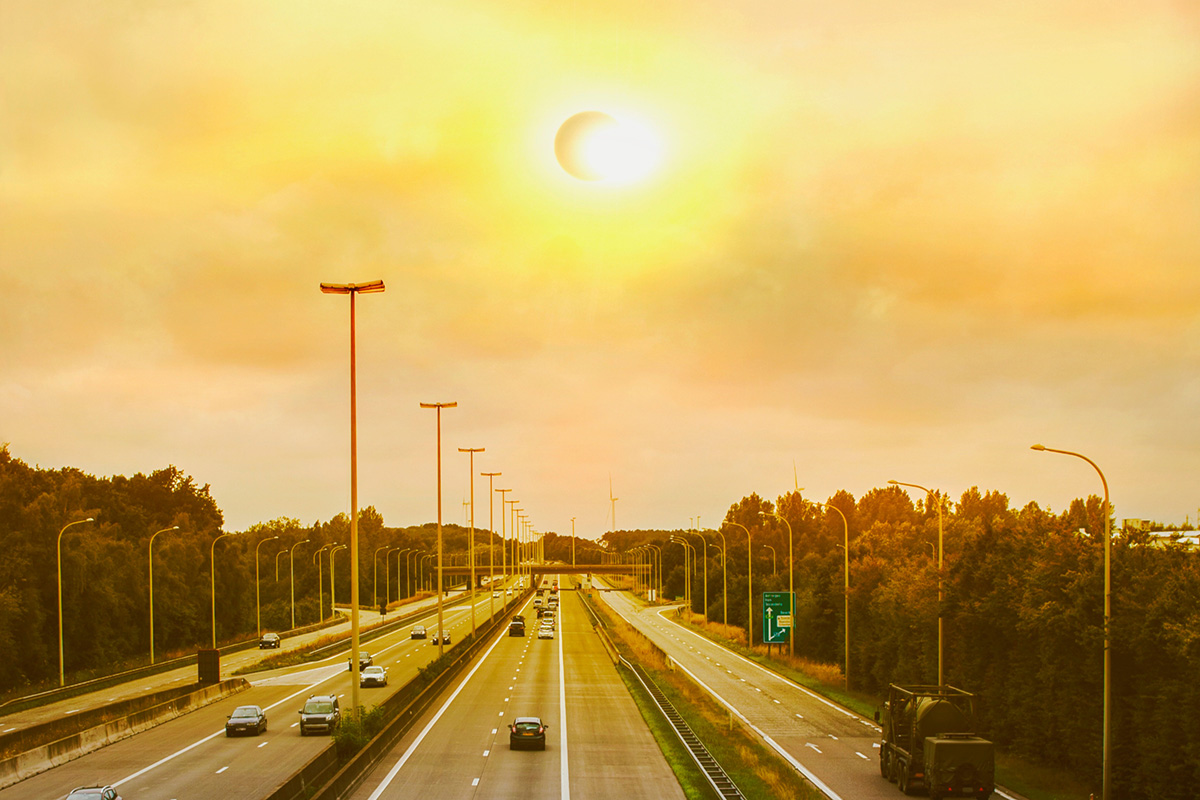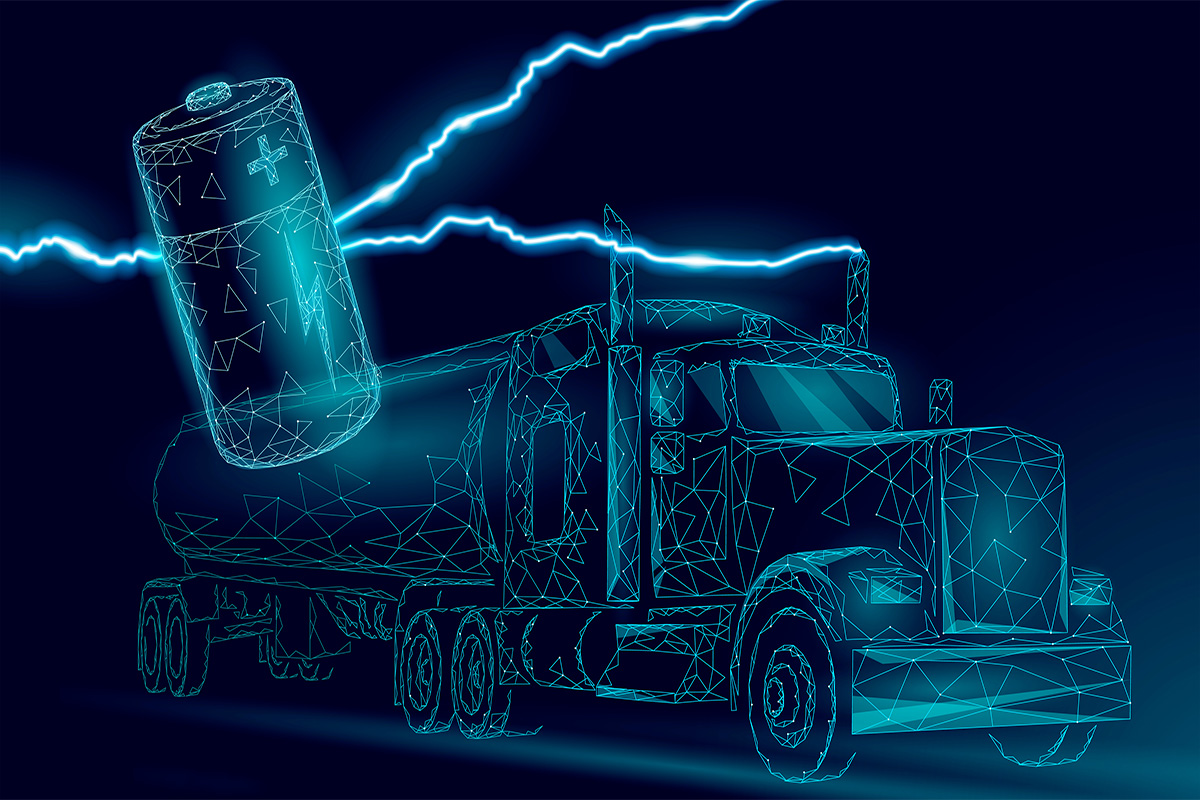May 15, 2023
Protecting Wildlife While Driving
If you have driven on rural or off-the-beaten-path highways before, chances are you’ve come across a sign or two warning about possible wildlife crossing the road. We can go our whole lives without seeing an animal crossing the highway in these areas, or it can be something we experience every time we drive somewhere.
Whatever the scenario, being prepared to encounter wildlife on the road and knowing what to do can help save animal lives and avoid traffic collisions.
Why Protecting Wildlife is Important
Highways are sometimes constructed in areas animals call home, obstructing their habitats and usual travel courses. These animals are often confused by the highways or don’t have an alternate route to reach their destination, requiring them to cross the road. Some animals can wander onto the highway on accident, especially if it’s less used, unaware that a vehicle traveling at moderate speeds can appear at any moment.
Hundreds of animal deaths occur yearly due to collisions on highways, which can also be fatal to drivers. Some areas contain endangered species that are put at risk by deaths on the road. In areas where animal crossings occur frequently, signs alert drivers of potential crossings, often showing images of specific animals to watch out for.

Wildlife Seen While Driving
Deer tends to be the most common animal to look out for when driving, and if you’re a trucker or a frequent driver, you have seen that yellow triangular sign with a deer painted in black on it. Although it might be the most common, there are plenty of animals besides deer to look out for when hitting the road.
Being a trucker means traversing most US states, and different states bring different wildlife. Elk, deer, jackrabbits, and snakes are some animals seen on highways in Arizona. Larger animals can sometimes be identified ahead of time in areas with less tree coverage. Still, smaller animals like turtles may be more challenging to see and avoid, no matter the habitat. In states like Washington, and other forested areas, moose and bears can be seen crossing highways, often with their cubs.
When stopping for a bear, especially a family, keep your distance and don’t provoke them, or they may attack. Keeping your space should be the motto when encountering any animal on the road, and proceed with caution only when the road is clear.

How Can Wildlife be Protected While Driving
Caution signs may be seen more often in heavily wooded areas where it’s difficult to see much of anything that can come at you from the side. When you see signs warning of animal crossing, try to slow down slightly and scan the road ahead and off to the side as often as possible.
Reacting to wildlife running out into the road can be frightening, but it can be worth getting used to for those who work on the road. There are trucking simulators that show how life on the road can be, some of them featuring animal crossing signs.
Wildlife crossings in the form of bridges, overpasses, and more are being built to reduce the impact highways have on animal habitats while lowering the number of animal deaths and traffic collisions in these areas. These wildlife crossings will save human and animal lives and allow modern living to co-exist with nature.
On top of bridges and overpasses being built to improve the flows of larger animals’ habitats, tunnels and viaducts are also being implemented to help turtles and other smaller animals cross the highways. The Wildlife Crossing Pilot Program aims to add more of these accesses for animals to maintain the flow of their habitats and reduce traffic collisions. We will soon see more nature-covered overpasses, cloaking drivers and aiding animals.
Thank you for reading! Make sure to follow our blog for more about trucking, the road, and more. Check out our employment opportunities and requirements!



